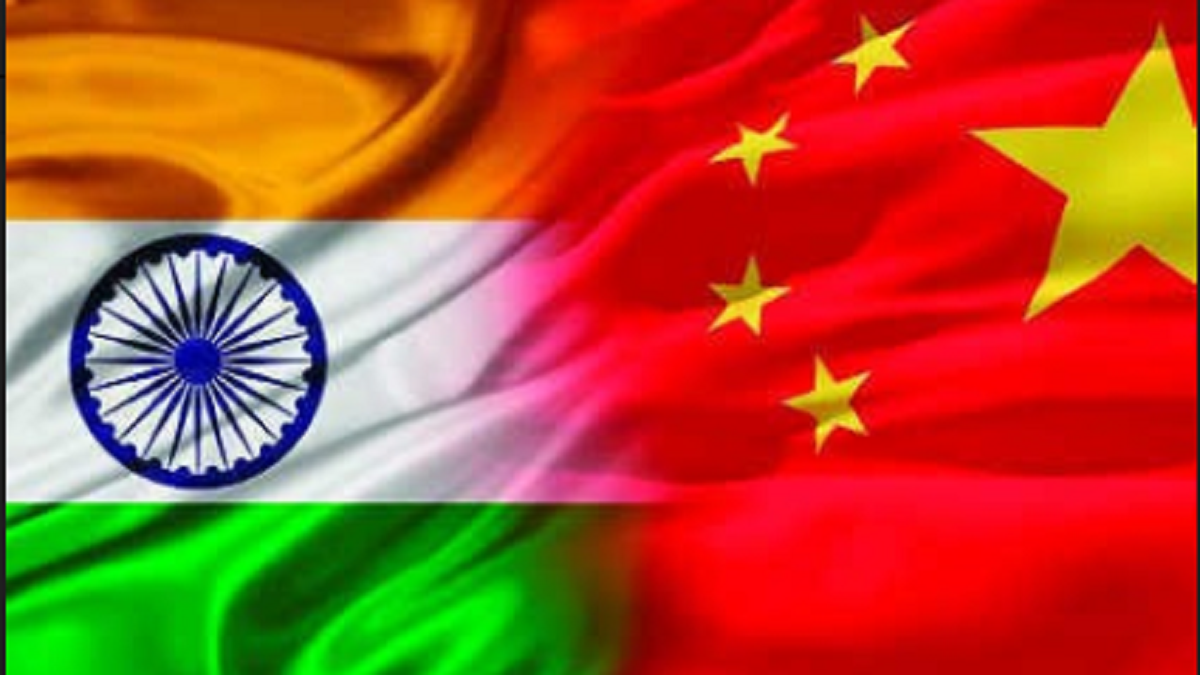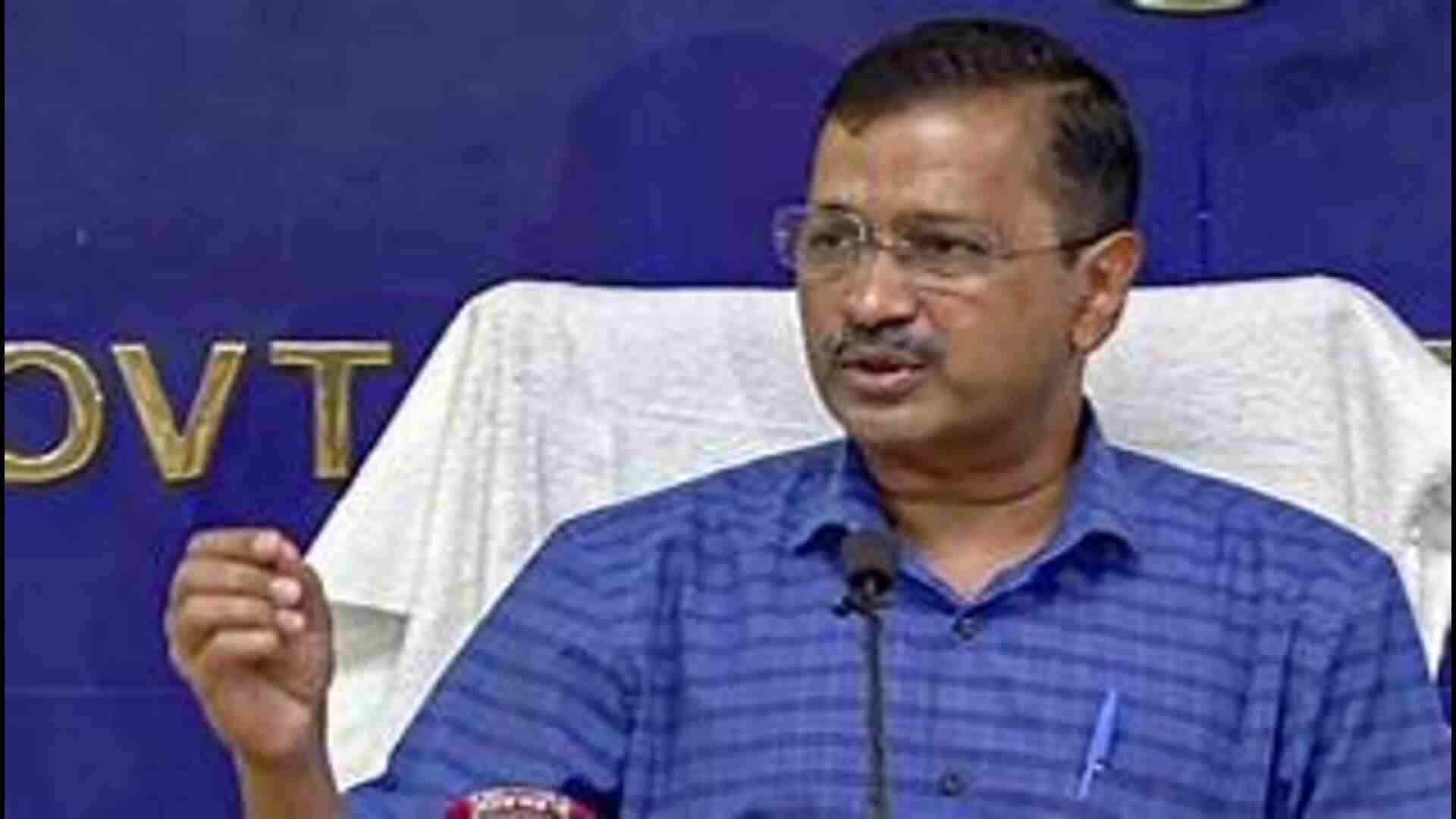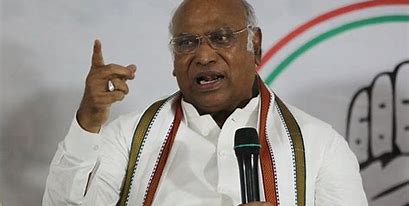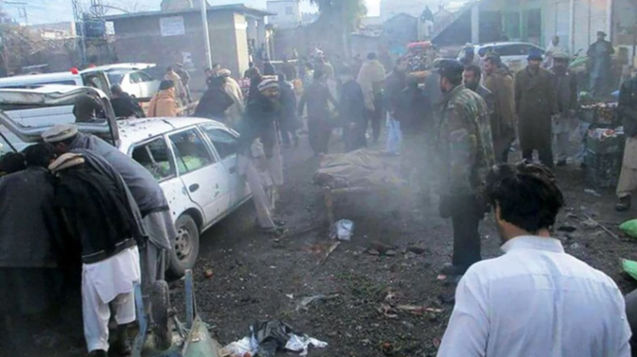The Sino-Indian standoff is log-jammed. All talks and parlays are leading nowhere. Progress is incremental. The long haul will be a test of Indian stamina. Meanwhile experts—national and international as also military and civilian—say that India is greatly disadvantaged. They cite the comprehensive national power of China. It is relatively huge and leaves India with very few options. The situation is not easy. It is going to take a lot of effort to restore balance. However, one has to view it in a wider perspective with attendant implications to understand where we actually stand. It is only then that we can really chart out the course ahead.
China
The Chinese have some territorial gain in Pangong Tso and maybe some in Depsang. On the other hand, they have suffered a combat shock at Galwan. That is how Indian Army and PLA are squared off. Both are fully mobilised and deployed. Chinese do not seem to be confident or prepared to get into a firefight except through ‘Global Times’. ‘Belligerent war avoidance’ continues to be their motto. However, they are stymied. They cannot go back. They cannot overcome Indian Army. For all the energy expended, they have very little gain to show. The Chinese will lose face internally and internationally with passage of time.
In the South China Sea, the USA has ratcheted up the military temperature. Japan, Taiwan, Vietnam and Indonesia are now giving unmistakeable signals that they will take on China militarily besides USA. China is enmeshed in a two-front scenario. China expects armed conflict any time. The Chinese have conducted a few live fire drills at sea to demonstrate aggression. It has not fazed anyone. It is also very clear that they‘ve gone into the defensive mode. Chinese focus is now primarily on the South China Sea where they apprehend a clear danger.
China is facing unprecedented floods this year. Their major rivers—Yangtze and Hwang Ho are in heavy flood. In the past two months there have been a series of five heavy floods. There is fear that the massive Three Gorges Dam could collapse. Xi Jinping and Li Keqiang are spending time in flood affected areas. The Yangtze, a vital inland waterway of global importance is disrupted. The Yangtze River Economic Basin hosts multinationals like Apple, Walmart, Dupont, Nike, H&M, and Uniqlo. Approximately 175 cities are on this waterway which generates nearly half of China’s GDP. The massive flooding will affect supply chains. It has created inventory problems. It is common sense that manufacturing cannot continue if third floors of buildings are being evacuated in certain cities. The economy is clearly not chugging away. Consumption is weak. Reports of recovery are doubtful. Joblessness and lack of employment is still high and expected to worsen in winter. Hong Kong as a business centre is falling apart.
Flooding has either threatened or destroyed large swathes of rice, wheat, and other crops. Insect infestations have affected corn storage. A video on China corn has gone viral to stoke fears of food shortage. Food prices have risen to historic highs. Pork prices have increased by 85% in July alone. China’s food import of pigs, pork products, soyabeans and vegetable oils has increased fivefold in the first half of 2020 compared to 2019. There is food shortage in China. Laws to regulate grain production and purchases as well as consumption are being contemplated. Xi Jinping has ‘publicly scolded’ people on wastage of food. The situation is grim. From a long term perspective China is forecast to have food shortage gaps beyond 2025 due to industrialisation, urbanisation, loss of arable land, ageing population, and pollution. In future its outside dependence on energy and food will create vulnerabilities.
China is not only combating the Wuhan Virus but also Bubonic Plague in Inner Mongolia. African swine flu has killed millions of pigs (their staple food). Fall army-worms and locusts have devoured millions of acres of crops. Chinese have their hands full of pestilence.
There are some notable international developments. Cracks are visible in the Sino-Russian partnership over the status of Vladivostok, arms sales to India and suspension of S 400 sale to China. Russians are being singed by Sino-centrism. Sensing the opportunity, India has asked Russia to join the Indo-Pacific construct. If that happens the game will change. Southeast Asian countries are now using ‘Lawfare’, invoking international law and the 2016 arbitral case against China in the South China Sea dispute. India, Japan, Australia have initiated the Supply Chain Resilience Initiative to secure supply chains and reduce dependence on China. This initiative could eventually be expanded to include ASEAN countries. Japan has taken steps to reduce dependence on China for rare earths. It is firmly bankrolling its firms to relocate from China. Chinese experts have also expressed fears that its overseas assets might be seized as part of US sanctions. These actions just compound other actions which are being taken individually by countries. The drive against Huawei, ZTE and TikTok are too well known. Despite slick influence and information operations by the Chinese some real determination is coming through internationally to counter China.
Politically, Xi Jinping is facing some internal opposition. Though not vocal or high pitched there are indications that all is not hunky dory. He has gone back to revisionism by stating that “the foundation of China’s political economy can only be a Marxist political economy, and not be based on other economic theories”. So, a purge is on the cards.
India
The Indian Armed Forces have matched the Chinese deployment on the LAC. Our winter preparations must be on. We have clearly conveyed that we will stay the course and will retaliate more than adequately when the opportunity arises. A slew of de-Sinicising measures have been taken. As a result, trade deficit with China has halved to $1.2 billion in June, from $2.4 billion in May. India’s exports to China rose 70% in June. Imports have reduced. Chinese are being kept out from Indian highway, railways, power and communications projects. Huawei and ZTE are out of 5G scene. ‘Unregistered’ firms from countries sharing land border with India are now barred from government projects. Chinese FDI has been banned to prevent “opportunistic takeovers”. China will not be allowed to invest in India’s MSME sector. Imports from China are discouraged and delayed at ports. Stringent customs scrutiny has commenced. MEA’s security clearance is now needed for visas of Chinese businessmen, academics, industry experts and advocacy groups as is being done with Pakistan. Indian universities’ tie-ups with Chinese institutions is under drastic scaling down. 54 MOUs are under review. Confucius Institutes are under the scanner. Nearly 100 Chinese apps including TikTok are banned. Importers have to reveal and identify the country of origin of goods for sale. Colour TVs are under the “restricted” category. Traders have to now seek licences to import them. Import of certain type of tyres has been banned. Items such as toys, steel tubes, steel bars, consumer electronics, telecom items, heavy machinery, paper, rubber articles and glass will be brought under mandatory Indian Standards (IS) regime by next year. Chinese crooks and racketeers are also being rounded up. Very clearly, the Government is displaying and conveying resolve.
Assessment
The Chinese situation overall is not as strong as it is made out. They are under severe pressure internally and externally. They are in no position to undertake a major offensive anywhere. They have now started giving indications that they are prepared to talk peace. However, they will attempt it on their terms with some obnoxious conditions. They are also sending out emissaries to revive their economic ties by decoupling it from their aggression. Their economy like others will struggle. They are not far ahead of the curve as being assessed by everyone. Virus, flooding and militarism will take its toll. Against India, they will try to extract the maximum. Of course, if we give them a chance and show laxity, they will gladly exploit us. At the same time, do not underestimate the enemy. China despite all its troubles will continue to be aggressive. That is their history
China has done what it wants. It is our turn now. At the outset and at the cost of repeating. Do not trust the Chinese. That is what 90% of the nation says. Heed to them. Between the Chinese and the virus—choose the virus.
We should deal with the situation with patience, resolve, firmness maintaining focus and with a plan. In my opinion we have conveyed our resolve already. Time is of no consequence. Even if it means waiting for a year so be it. We should not hurry into an unfavourable settlement. No settlement is better than an unfavourable one.
Our economy is not healthy and the Virus situation is widespread. It will not be prudent for us to get into extended hostilities. There are many options available with us to achieve ‘Chini Kum’. However, this is the time to put pressure on the Chinese in concert with the USA, the QUAD, ASEAN and other like-minded nations. Militarily we need to expand the current two front paradigm in concert with USA. Keep the Chinese fixed. Be aggressive on the LAC. Activate his rear. Maybe by infiltration. Spook him. When an opportunity presents itself, go in for a quid pro quo option. There is a case to carry out a well-publicised naval exercise/seminar as to how to close the Malacca and other straits for use by Chinese Merchant Vessels. It will send a message that we mean business.
Sequentially flush China out of our system—economy, trade, education, infrastructure, culture…everything. On a fortnightly basis one layer of political/ diplomatic/ military pain needs to be inflicted followed by another. Reduce space for China, its three strategies and its cronies in India. Internal disinfection of vermin is needed. Strategic communication to China that it is untrustworthy is warranted. BTW. Stop that foxy ambassador of China sermonising from a public forum. There is an urgent need to start talking of Xinjiang, Tibet, Hong Kong and Taiwan in public space. Take the battle across. Our media gets under the Chinese skin. Let it free.
The more serious we are about “aatmanirbharta”, the better off we will be. We need to go about that also methodically with a plan. The fact that Chinese are occupying some part of our territory should spur us to do better. In fact, it is a godsent opportunity to get our act together.
We need to take steps to regain our neighbourhood. We need to have better diplomatic, military, economic and cultural outreach with Nepal, Myanmar, Bangladesh, Male, and Sri Lanka. Reduce space for the indirect and insidious approach.
The differential in comprehensive national power between India and China might be vast. However, battlefields do not respect such power factors. Battles are won or lost on the basis of blood, guts and glory. That is what Col Babu and his boys taught us at Galwan. Create that opportunity and give the Chinese a shock once again. Many things will fall in place. May be that is what the CDS is hinting at.
Lt Gen P.R. Shankar was India’s DG Artillery. He is highly decorated and qualified with vast operational experience. He contributed significantly to the modernisation and indigenisation of Artillery. He is now a Professor in the Aerospace Dept of IIT Madras and is involved in applied research for defence technology. His other articles can be read on his blog www. gunnersshot.com.







